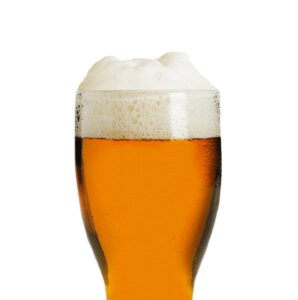Remember When “Playlist” Wasn’t a Common Word?
It wasn’t so many years ago that consumers might have talked about creating a mixtape or burning a CD with favorite songs for a friend, but not a “playlist.” I remember moderating a focus group many years ago in which a respondent very confidently told the group that a station in the market had recently changed its music and adopted a new “floormat.” He said it with great authority, so others in the group began [mis]using the term to refer to station formats. Back then, most consumers didn’t know the term “playlist.” Digital music has changed all that.
At a pre-holiday gathering at a non-radio friend’s home, I noticed the to-do list in their kitchen: extra chairs, light candles, vacuum, make playlist. The music was lovely, but the mere emergence of the word in the consumer lexicon should tell us that playlists have become mortal.
Playlists have been the lifeblood of music radio stations. Before Mediabase, a friend in a market would scope a few hours of a new station for you or, if you had the budget, at considerable expense you’d order a monitor. The pages of the monitor were treated like platinum; these were the deep secrets of the station that was the subject of the monitor.
Those were different times. Most consumers owned physical recordings of music. 45’s. LP’s. 8-tracks. Cassettes. CD’s. Consumer collections were finite; they represented the songs or albums people loved enough to pay to own. Alleviating the fatigue of one’s own collection or exploring other music or just getting portable access to a wide library of music required radio – and its magical playlists.
Technology and economics have made the playlist commonplace now. While my friends made a playlist for their gathering, we’ve all been to gatherings where music was provided by a TV playing a Music Choice channel or an iPad has been playing Pandora or Spotify. Sadly, radio stations aren’t invited to parties very often these days. Our carefully-crafted playlists often aren’t sufficiently better than the alternatives to interrupt the party with commercials.
Classic Hip Hop is the latest radio playlist masquerading as a format. Formats entertain listeners beyond their music. Formats have attitudes and features. Formats have on-air personalities or carefully-maintained “stationalities.” Formats are designed to serve their listeners (and the communities in which they live). Formats adapt and maintain over time, even though the music they play may shift. Playlists, just like the one my friends created for their party, are disposable.
As we contemplate 2017, let’s give deeper thought to formats and less to playlists. What will it take to engage listeners more deeply than the playlist alone? Beyond shared interest in a group of songs, what attitudes and interests are shared by the targeted audience that a format can use to attract and retain listeners? What unique content can we create to support the format? What manifestations can that content take on the air? Online? In apps? Who are the hosts and personalities who can give life to these formats to help us build through 2017 and beyond?




